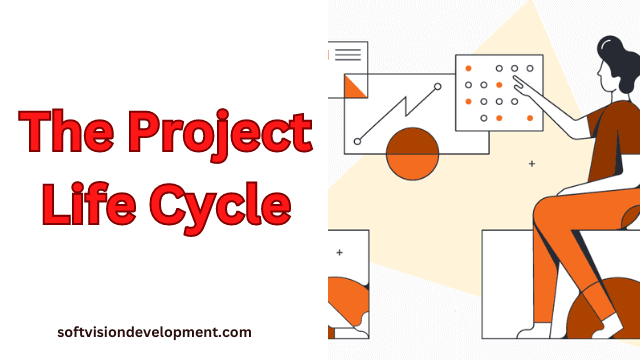In today’s fast-paced business world, project management has become an essential skill for any organization to succeed. The project life cycle is a framework that helps organizations manage their projects from initiation to completion. In this article, we will discuss the project life cycle and its various stages, including planning, execution, monitoring, and closure. We will also provide insights into best practices, challenges, and benefits of the project life cycle.
Introduction
- Definition of project life cycle
- Importance of project life cycle
- Goals of project life cycle
Stages of Project Life Cycle
Stage 1: Initiation
- Definition of initiation stage
- Goals of initiation stage
- Activities of initiation stage
- Deliverables of initiation stage
Stage 2: Planning
- Definition of planning stage
- Goals of planning stage
- Activities of planning stage
- Deliverables of planning stage
Stage 3: Execution
- Definition of execution stage
- Goals of execution stage
- Activities of execution stage
- Deliverables of execution stage
Stage 4: Monitoring
- Definition of monitoring stage
- Goals of monitoring stage
- Activities of monitoring stage
- Deliverables of monitoring stage
Stage 5: Closure
- Definition of closure stage
- Goals of closure stage
- Activities of closure stage
- Deliverables of closure stage
Best Practices for Project Life Cycle Management
- Clear project objectives
- Strong project team
- Effective communication
- Stakeholder management
- Risk management
- Quality control
- Performance monitoring
Challenges of Project Life Cycle Management
- Time constraints
- Budget constraints
- Scope creep
- Stakeholder conflicts
- Resource allocation
- Project team turnover
Benefits of Project Life Cycle Management
- Clear project goals
- Better project team collaboration
- Improved communication
- Risk mitigation
- Cost control
- Quality assurance
- Timely project delivery
Conclusion
In conclusion, the project life cycle is a framework that enables organizations to manage their projects effectively from initiation to closure. Successful project management involves careful planning, execution, monitoring, and closure, as well as adherence to best practices and proactive management of challenges. The benefits of project life cycle management include improved communication, better collaboration, risk mitigation, cost control, and timely project delivery.
FAQs
- What is the project life cycle?
- The project life cycle is a framework that helps organizations manage their projects from initiation to completion.
- What are the stages of the project life cycle?
- The project life cycle consists of five stages: initiation, planning, execution, monitoring, and closure.
- What are some best practices for project life cycle management?
- Clear project objectives, strong project team, effective communication, stakeholder management, risk management, quality control, and performance monitoring.
- What are some challenges of project life cycle management?
- Time constraints, budget constraints, scope creep, stakeholder conflicts, resource allocation, and project team turnover.
- What are some benefits of project life cycle management?
- Improved communication, better collaboration, risk mitigation, cost control, quality assurance, and timely project delivery.




